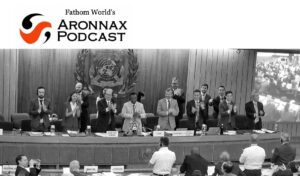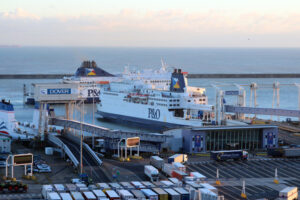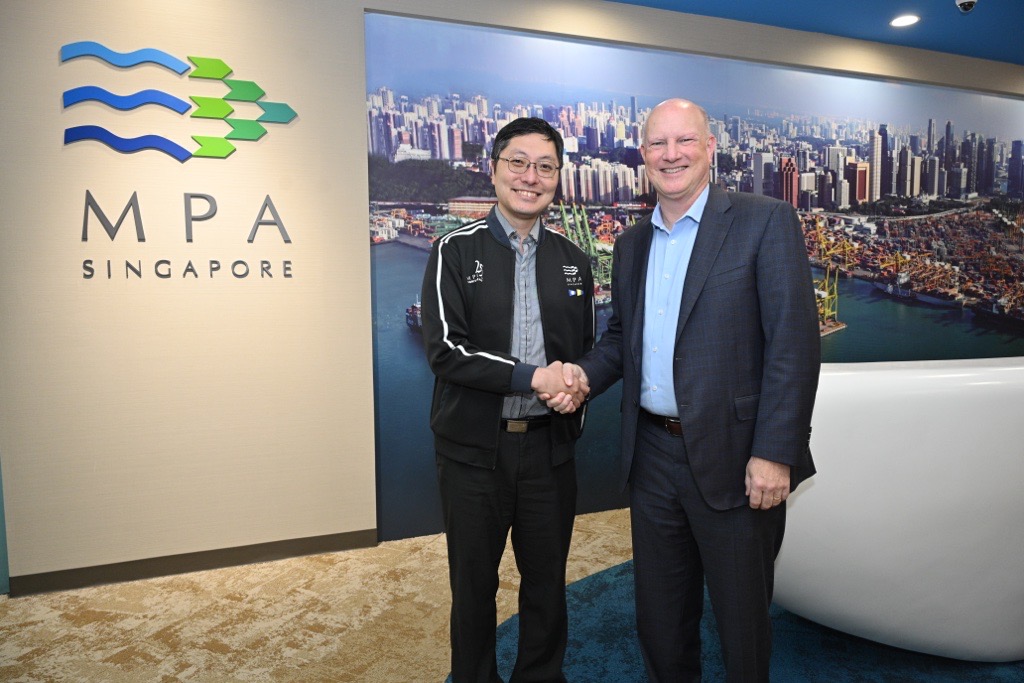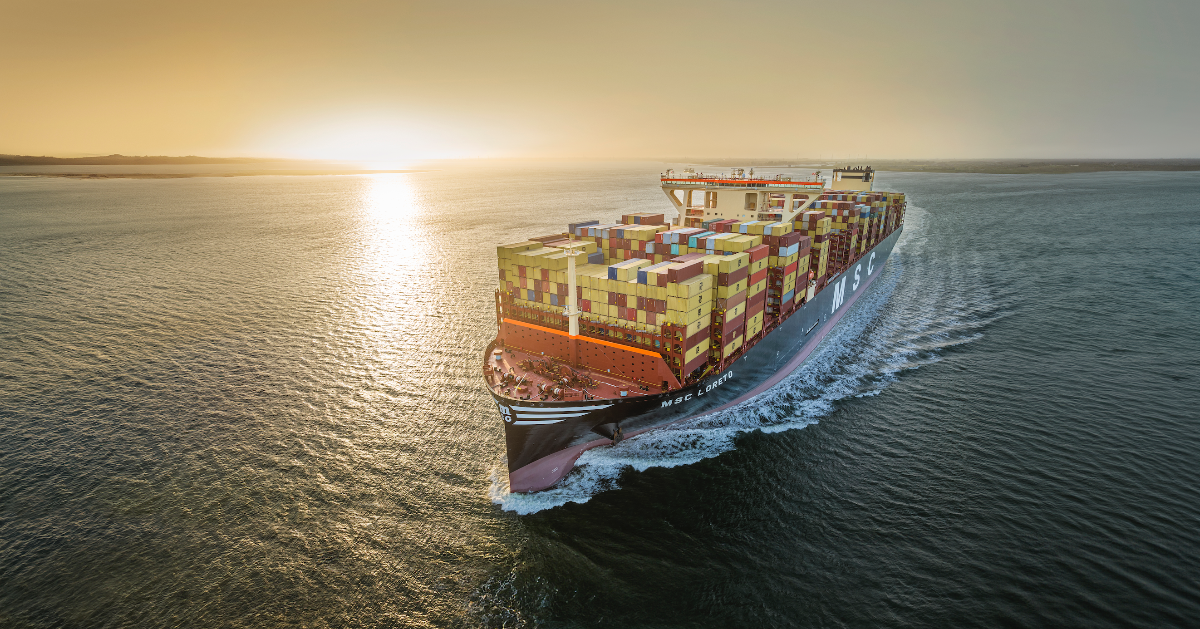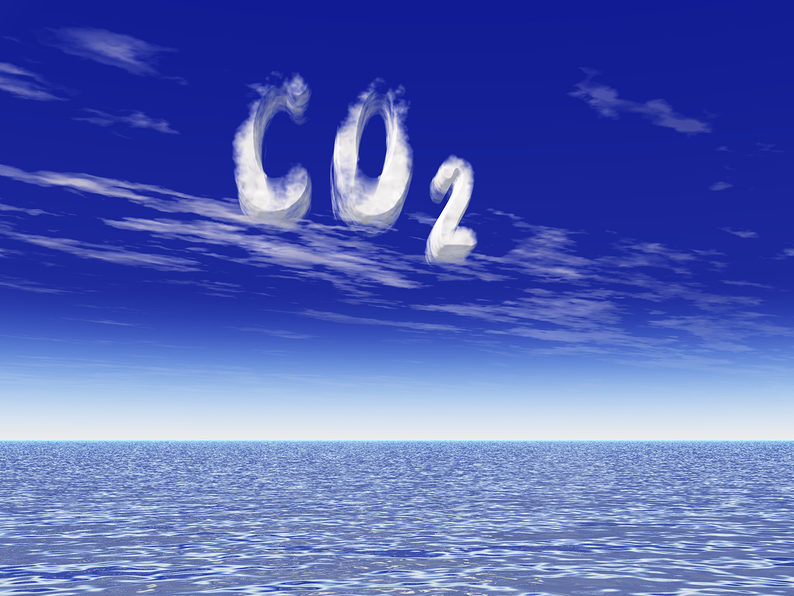Negotiations on shipping’s greenhouse gas emission reduction targets this month will lay the ground for a revised IMO strategy to be settled next year.
The seventy-ninth meeting of IMO’s Marine Environment and Protection Committee, MEPC 79, will consider several proposals for adjusting the organisation’s initial strategy for reducing greenhouse gas emissions from ships. The meeting, to be held from 12 December – and intersessional discussions starting on 5 December – will play a crucial role in determining new targets for shipping emissions, which are due to be finalised in July 2023.
Fathom’s review of more than 20 key submissions to the two meetings reveal a wide disparity of metrics and ambition levels, suggesting that reaching any consensus will be hard won. Nor is consensus likely to lie at the extremes proposed by fossil giants or the most vulnerable countries.
At one end of the spectrum, a submission from Brazil, China and the UAE (astonishingly the host of the next COP climate talks) advises against revision of the initial strategy. They suggest retaining the vision of cutting emissions by 50% by 2050, and carbon intensity per ship by 40% by 2030. Acknowledging the societal demand to decarbonise, they advocate phasing out carbon emissions from 2050 to the end of the century, again refusing to move compared to existing IMO commitments.
Further, the proposal argues, any revision will require a reopening of the agreement on short-term measures including the Carbon Intensity Indicator and Energy Efficiency Index for Existing Ships. The message is clear: stay where you are, or we will go backwards.
A submission from India also advocates against changing existing targets. However, mindful of the opportunity for India and other developing countries, it proposes a target to ensure that zero-carbon fuels occupy 5% of the shipping fuel mix by energy content by 2030.
Scientific minimum
On the other side of the spectrum, the Marshall Islands and Solomon Islands propose 2030 and 2040 targets for three measures – absolute emissions, carbon intensity reduction, and a percentage use of zero-emission fuels – with full transition to zero emissions by 2050 at latest. This starts with increasing the 2030 carbon intensity reduction target from 40% to 50% (on a tank-to-wake basis) and introducing the requirement that, from that year, 35% of fuel used by shipping should be “scalable, zero emissions liquid or gas fuel”.
In a Lloyd’s Register webinar, Albon Ishoda, Marshall Islands Ambassador to the Republic of Korea and part of the IMO delegation, described those targets as the “scientific minimum requirement” for aligning with the Paris Agreement objective of keeping global temperatures below 1.5°C above pre-industrial levels. A submission from the World Wildlife Fund calculates an even more demanding minimum; a 37% reduction in total emissions in 2030 and 96% reduction by 2040.
A range of other submissions seek to align with Paris goals, but with a smaller basket of targets. Austria and several other European countries, along with the European Commission, propose phasing out GHG lifecycle emissions from shipping by 2050 at the latest, with a specific intermediate target for absolute emissions reduction at 2040 based on the revised level of overall ambition decided. The US supports phase-out by 2050 and interim targets in 2030 and 2040 for both absolute emissions and carbon intensity.
There are other new targets suggested too. Norway, South Korea and the World Shipping Council support increased ambition for 2030 and five-year targets thereafter, with a key role for green corridors. They suggest new targets for the number of green corridors to be established by 2030 and 2040, with the interim aim of green corridors on all major trade routes by 2035.
Fleet renewal
Japan proposes a net-zero emissions shipping fleet by 2050 based on a simulation of the projected evolution of the shipbuilding market and alternative fuels availability. The target can be met if only net-zero vessels are built after 2037 and if 20,000 remaining fossil-fuelled ships are converted to zero emissions or use fossil substitutes such as biodiesel. Based on this evolution, it suggests an intermediate target of 50% emissions reduction by 2040.
The Japanese proposal ties in with the ICS’ recommendation for another new target; that the necessary regulations for the construction and operation of ships using alternative fuels, as well as necessary changes to seafarer training standards, are adopted by 2028 or sooner.
Participating in the global drive to eliminate greenhouse gas emissions is a necessity, but brings clear challenges. Tanker operator association Intertanko’s submission points to the investment needed. The 450 million tonnes of green ammonia needed to replace 200 million tonnes of fossil fuel used by shipping would require more than 200 times the amount of green hydrogen produced globally in 2021, and around 54% of the world’s current renewable energy production capacity.
But this energy could be used more efficiently to reduce emissions in other sectors. Intertanko estimates a US$3.7 trillion investment would be needed in other options for producing the renewable electrical energy needed for shipping, including nuclear, wind and solar.
The most common threads in proposals are for at least a net-zero emissions global shipping market by 2050, with intermediate targets that go beyond carbon intensity. Ensuring a just and equitable transition for developing economies and for seafarers will also need to be sealed into the targets if it is to be represented in any measures.
The task ahead for negotiators, to find the full consensus required for IMO progress, is daunting. Balancing ambition, reticence, practicality and equity will be their focus in the weeks ahead and up to July next year.
Related stories

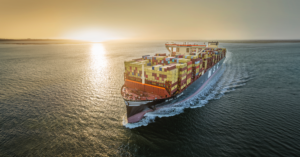
MSC joins SEA-LNG as latest coalition member
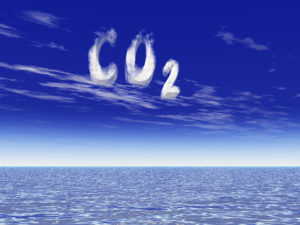
ITIC and ICS to host panel discussion during LISW

